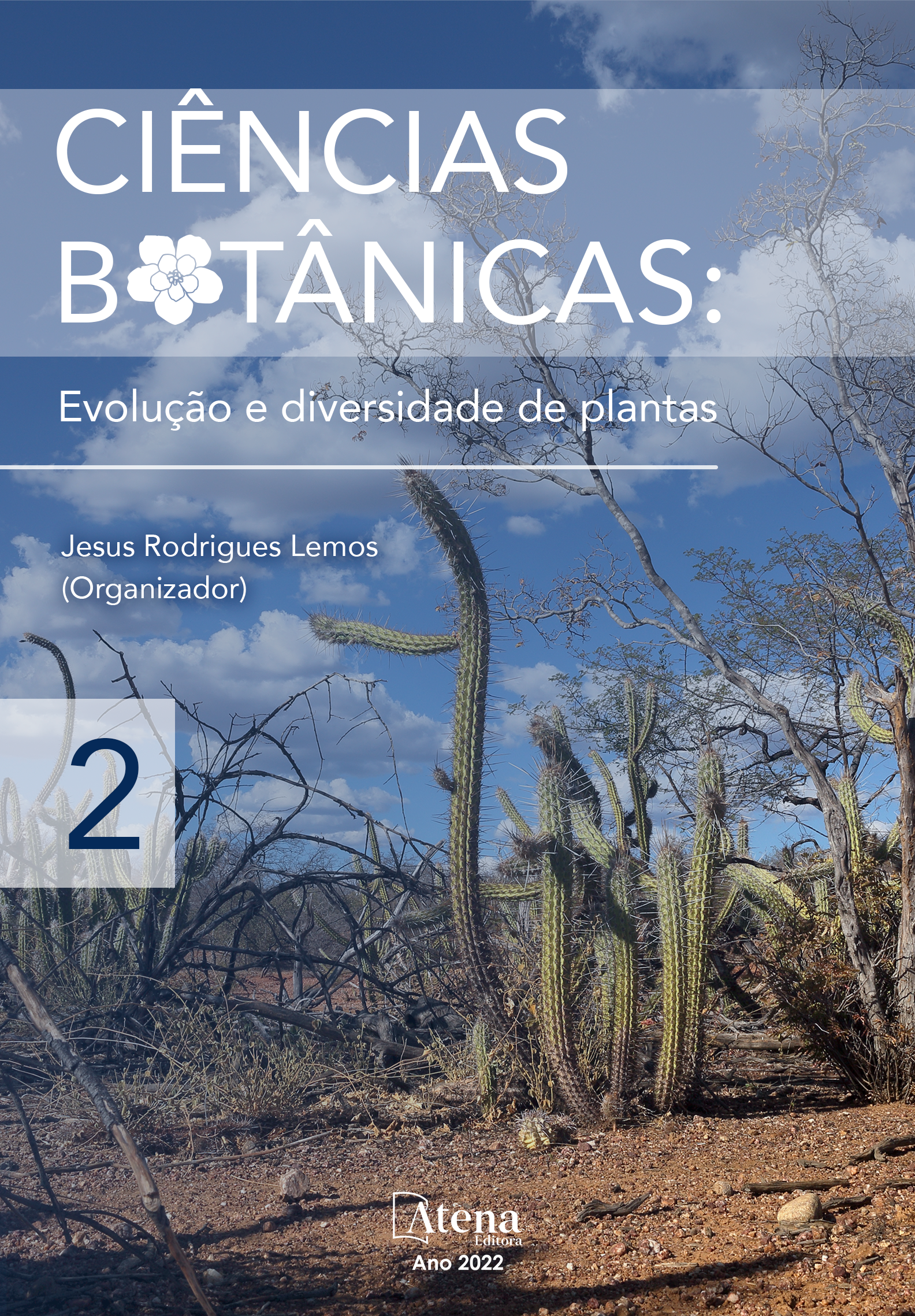
LEVANTAMENTO FLORÍSTICO DO COMPONENTE ARBUSTIVO-ARBÓREO DA APAM RIO MANSO, COUTO DE MAGALHÃES DE MINAS/MG
A Área de Proteção Ambiental Municipal (APAM) Rio Manso está localizada em Couto de Magalhães de Minas/MG, possui área de 8.933 hectares e ampla variação de fitofisionomias do bioma Cerrado. A realização de estudos florísticos nessa APAM é de grande importância uma vez que o conhecimento da vegetação fornecerá várias contribuições para o estabelecimento de estratégias de conservação e preservação. Desta forma, este estudo teve como objetivo realizar o levantamento florístico do componente arbustivo-arbóreo na APAM Rio Manso. Para isso, foi utilizado o método qualitativo de caminhamento aleatório, que foram realizadas numa área equivalente a 10% da área total dessa APAM. Estas caminhadas foram feitas no período de cinco meses, e em cada expedição de campo foram realizadas coletas de material botânico em ponto diferente da área amostral, de modo a contemplar toda a variação fitofisionômica existente na APAM. A herborização dos materiais botânicos coletados foi feita seguindo protocolos clássicos, e a identificação por meio de bibliografias especializadas, consulta a especialistas e acervo do herbário HDJF/UFVJM. O sistema de classificação utilizado foi o sistema APG IV (2016). O estudo permitiu a identificação de 84 espécies, distribuídas em 29 famílias e 58 gêneros, sendo as famílias Fabaceae, Myrtaceae e Asteraceae as mais representativas com 12, 9 e 8 espécies respectivamente. Em relação ao hábito e substrato houve maioria de espécies arbóreas e encontradas no solo. As fitofisionomias identificadas na APAM foram o Campo Sujo, Campo Limpo, Cerradão, Campo Rupestre e Cerrado Stricto Sensu, sendo estes dois últimos, respectivamente, onde se encontraram o maior número de espécies. Quanto ao grau de conservação, foram registradas três espécies ameaçadas de extinção, a saber: Melanoxylon brauna Schott, Plinia nana Sobral e Ocotea odorifera (Vell.) Rohwer. Estes resultados indicam que a APAM Rio Manso vem alcançando o objetivo proposto em sua criação que é o de proteger o meio natural de uma porção relevante da Serra do Espinhaço Meridional, compartilhando áreas de produção sustentáveis de agricultura e pecuária, e ainda assim, apresentando considerável riqueza florística, reafirmando a importância da sua preservação e conservação.
LEVANTAMENTO FLORÍSTICO DO COMPONENTE ARBUSTIVO-ARBÓREO DA APAM RIO MANSO, COUTO DE MAGALHÃES DE MINAS/MG
-
DOI: 10.22533/at.ed.6362214022
-
Palavras-chave: Florística. Cerrado. Áreas de proteção ambiental
-
Keywords: Floristic. Cerrado. Environmental Protection Area
-
Abstract:
The Rio Manso Municipal Environmental Protection Area (APAM) is located in Couto de Magalhães de Minas/MG, it has an area of 8,933 hectares and a wide range of Cerrado biome physiognomies. Conducting floristic studies in this APAM is of great importance since knowledge of vegetation will provide various contributions to the establishment of conservation and preservation strategies. Thus, this study aimed to perform the floristic survey of shrub-arboreal component in APAM Rio Manso. For this, we used the qualitative method of random walk, which was performed in an area equivalent to 10% of the total area of this APAM. These walks were done over a period of five months, and on each field expedition were collected botanical material in different point of the sample area, in order to contemplate all the phytophysiognomic variation existing in APAM. Herbization of the collected botanical materials was carried out following classical protocols, and identification through specialized bibliographies, expert consultation and collection of the herbarium HDJF / UFVJM. The classification system used was the APG IV system (2016). The study allowed the identification of 84 species, distributed in 29 families and 58 genera, being the families Fabaceae, Myrtaceae and Asteraceae the most representative with 12, 9 and 8 species respectively. Regarding habit and substrate, most tree species were found in the soil. The phytophysiognomies identified in APAM were Campo Sujo, Campo Limpo, Cerradão, Campo Rupestre and Cerrado Stricto Sensu, the latter two, respectively, where the largest number of species were found. Regarding conservation degree, three endangered species were recorded: Melanoxylon brauna Schott, Plinia nana Sobral and Ocotea odorifera (Vell.) Rohwer. These results indicate that APAM Rio Manso has been achieving its proposed objective of protecting the natural environment of a relevant portion of the Southern Espinhaço Mountain, sharing sustainable agricultural and livestock production areas, yet presenting considerable floristic richness, reaffirming the importance of its preservation and conservation.
-
Número de páginas: 23
- Anne Priscila Dias Gonzaga
- Vagner Guimarães dos Santos


